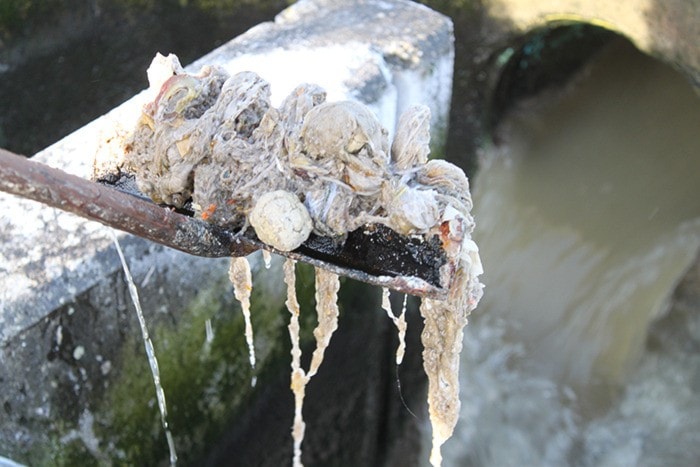THE CITY’s sewage treatment system, like many across the country, is getting unduly clogged by balls of condoms and other latex products, tampons, rags and grease, and city workers who deal with jammed machinery are asking residents for help in cutting down on non-flushables entering the system.
Not only will this save staff from doing an unpleasant task, it will also save municipalities across Canada millions of dollars.
“There’s so many products that are in the stores now that are marked as disposable that don’t break down,” said the city environmental services foreman Rob Hoekstra.
Some items, like rags and wet-wipes, are advertised as flushable, which they are, but they don’t break down properly so become a problem once they reach the lagoons at the city’s sewage treatment facility located at the west end of Graham Ave. on the south side of town.
“Dental floss is a huge problem. It’s strong, loves to wrap around pumps and propellers and builds up over time,” said Hoekstra.
According to the foreman, the debris and floss combine with grease that is dumped down sinks and sewers, forming balls that clog and disrupt the sewer pipes under the streets in town.
“It’s like rolling a snowball down the hill, it just gets bigger and bigger,” he said of the system that is gravity-propelled. “It causes maintenance issues and affects how the treatment plant and the aeration system runs.”
In the end, it affects how pure the effluent is released into the Skeena River after going through the treatment process, he added.
“Ultimately, it’s all our problem because it comes down here to the waste water treatment plant and effects the quality of the effluent that goes into the Skeena River and affects the quality of the water in the river, which is the last thing we want,” he said.
The aeration system is especially important because it provides oxygen bubbles into the two hockey-rink sized settling ponds where the waste gets processed naturally for 30 days before the leftover is pumped back into the Skeena. The diffusers that send out the bubbles tend to get clogged, and were costly to clean last year.
“We had to hire more help and the cost of cleaning all the diffusers in one round is $15,000, and we have had to partially clean them,” said Hoekstra, adding approximately 24 to 30 tons of refuse is removed manually from the filters each year.
Hoekstra said that in no way do staff want to blame residents. He is just calling on the city for help so he and the crew can spend less time and money cleaning and replacing parts.
“We’re not the only waste water treatment plants that have this problems,” he said.
There is in fact a group of 25 Canadian municipalities called the Municipal Enforcement Sewer Use Group formed to promote a change in industry labelling of what is flushable and not.
It says the problem costs municipalities $250 million a year.
According to Hoekstra, the basic mantra for responsible flushing is the three Ps: Pooh, Pee, Paper.
“It’s amazing what people flush down the toilet,” he said.
The foreman said he has also found golf and tennis balls, and undergarments.
